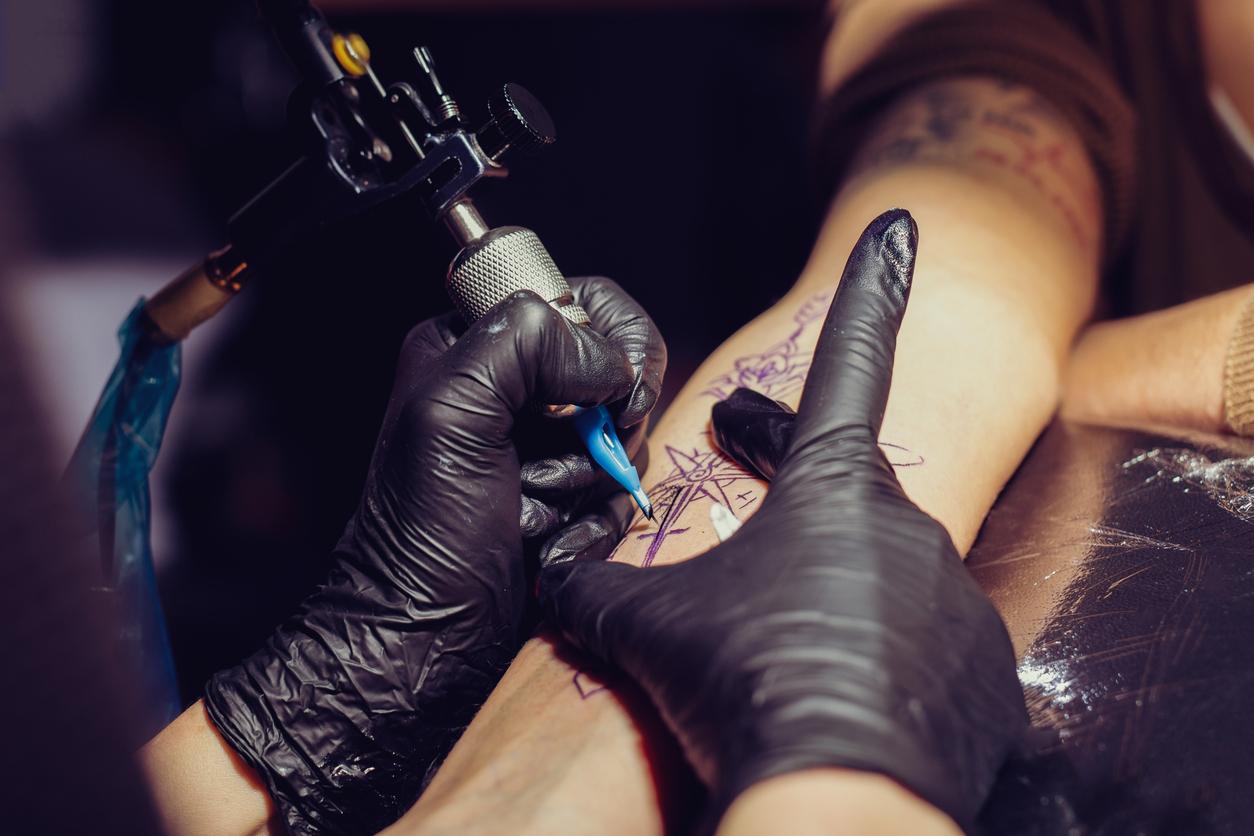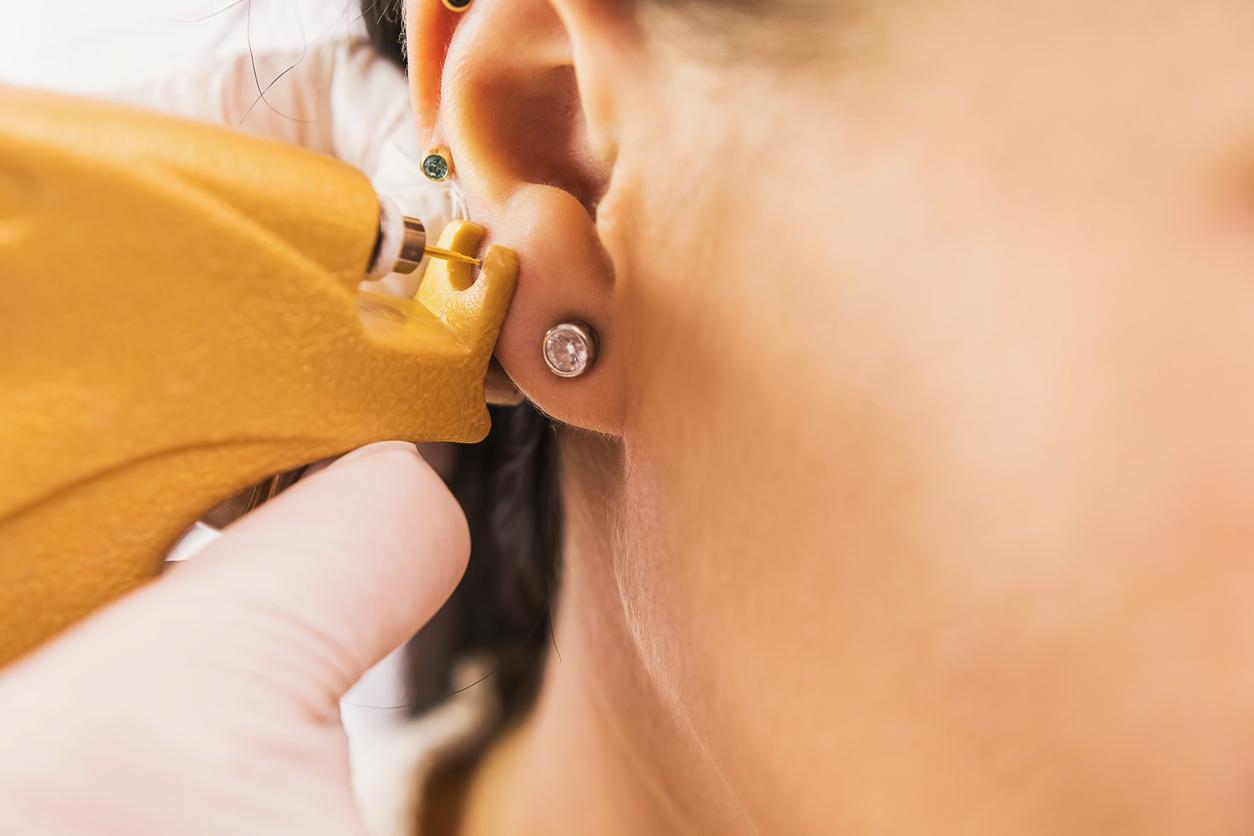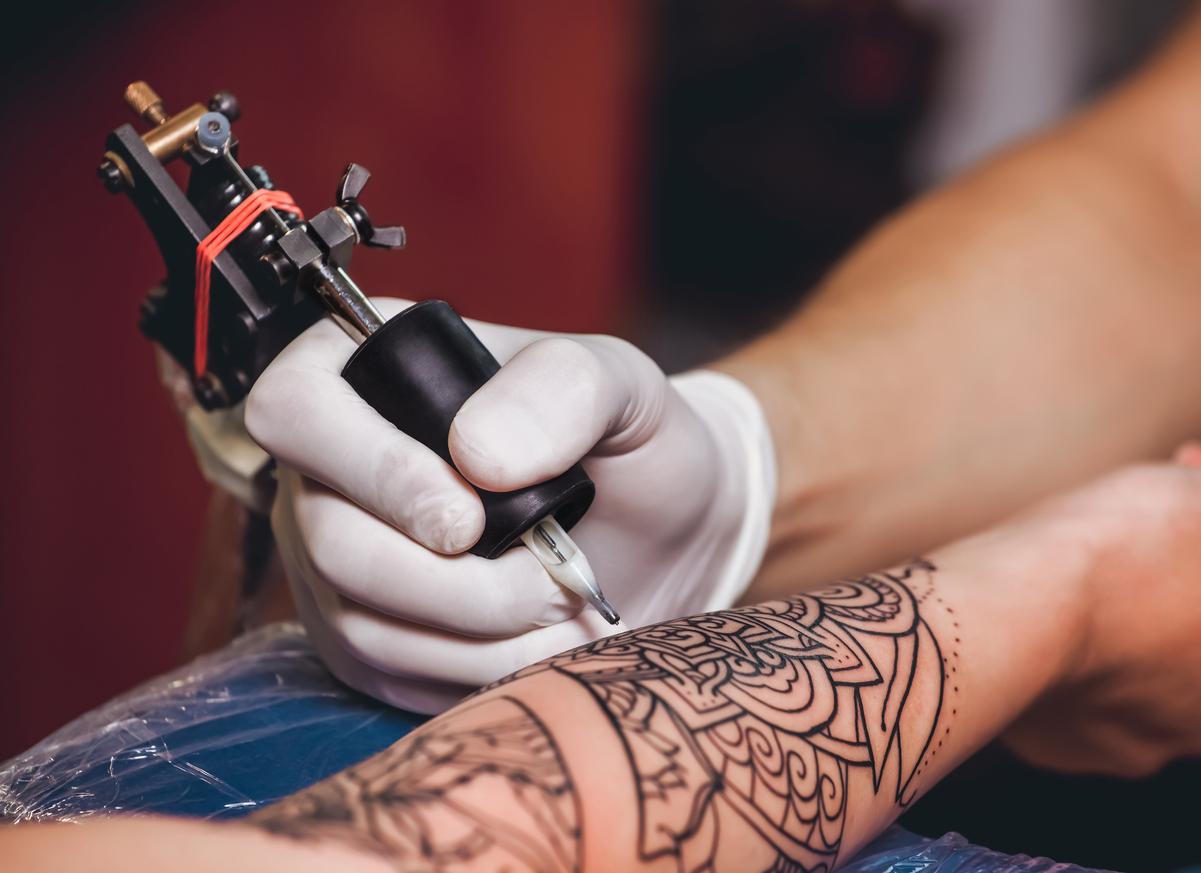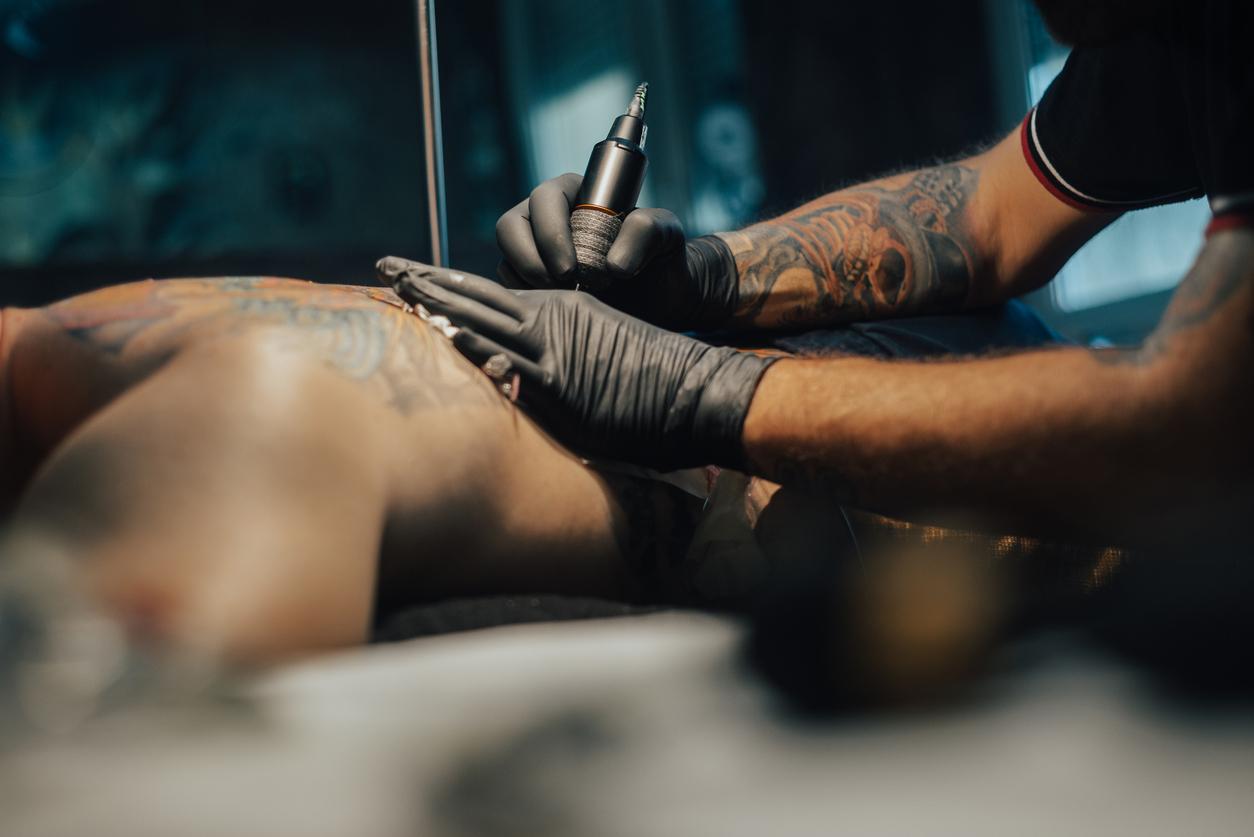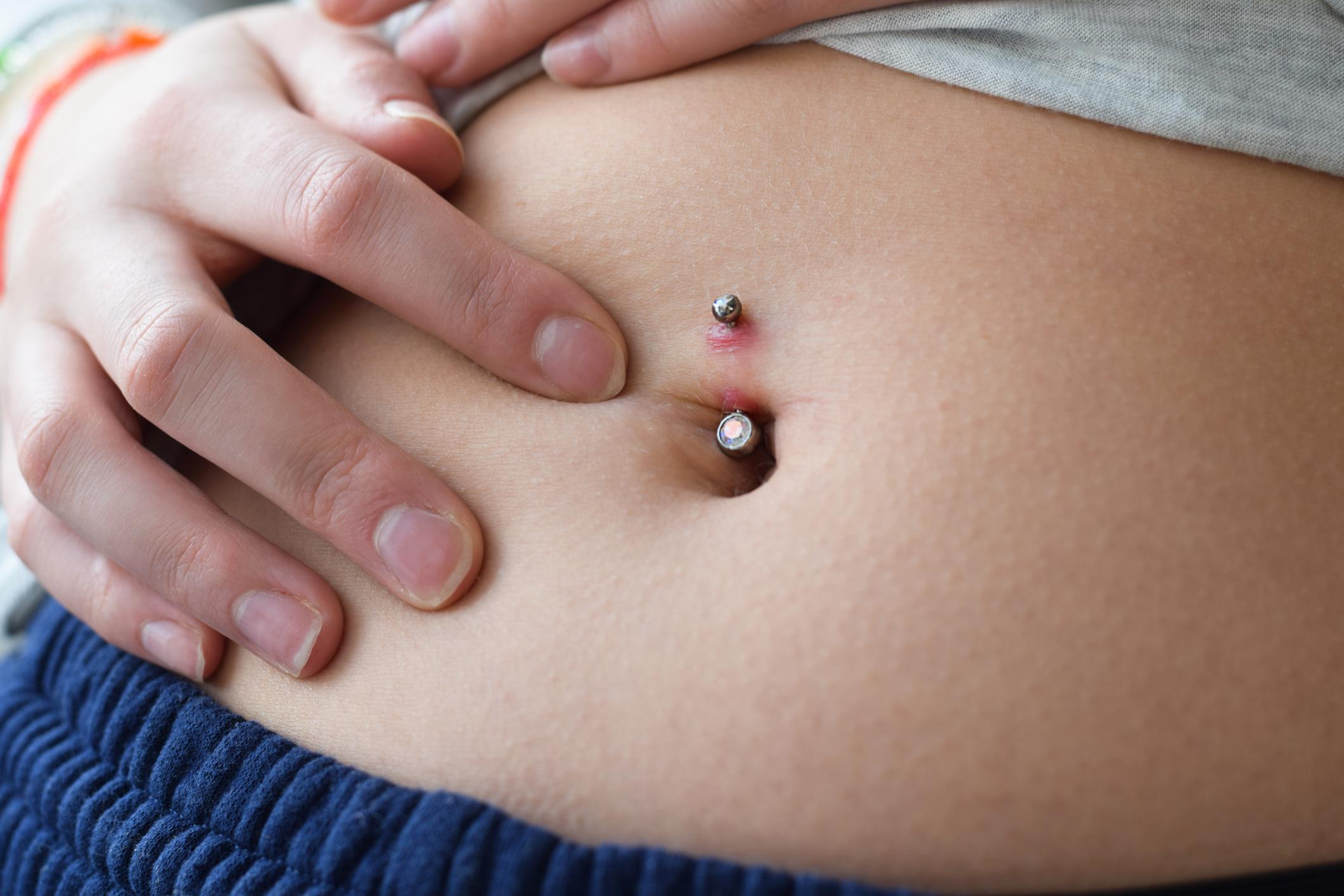In one year, the number of cases of self-harm among young girls aged 15 to 19 has jumped by 10% in the United Kingdom. Specialists confirm this trend in France.
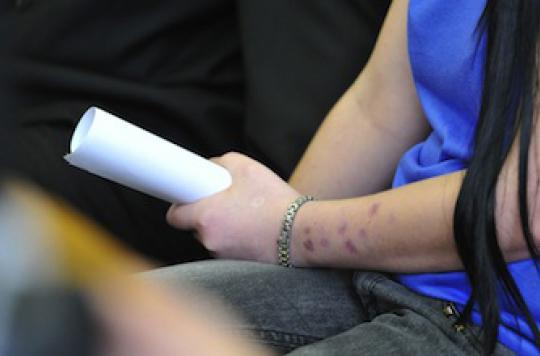
Between June 2012 and June 2013, the British authorities identified 13,400 cases of self-harm in young girls aged 15 to 19. But most disturbing in the report of the Health and Social Care Information Center (HSCIC) is that the number of teenage girls admitted to hospital for scarifications or skin burns has jumped 10% in just one year. Across the Channel, this observation obviously worries doctors who question “the toxic climate” in which adolescents are currently growing up. Cyber-bullying, bleak work prospects and a society obsessed with body image are some of the reasons cited by these specialists to explain the growing discomfort of adolescents.
A taboo subject in France According to the doctors in charge of hospital services for adolescents, even if this phenomenon is not quantified, the trend would be the same. “It is still a taboo subject in France. As if self-mutilation referred to collective or parental responsibilities, explains Dr. Xavier Pommereau, psychiatrist director of the Pôle Aquitaine de l’Ad adolescent at the Abadie center in Bordeaux. Yet it is an evolution of the symptomatology of the suffering of teenagers which sticks to the evolution of current lifestyles ”. While 20 years ago, teenage girls expressed their discomfort by fainting or having some sort of spasmophilia attacks, today specialists confirm that they are seeing more and more young girls with self-inflicted skin injuries. .
Listen to Dr Xavier Pommereau, psychiatrist director of the Aquitaine Pole for adolescents (Abadie center in Bordeaux): ” These are very common behaviors today. For the past ten years or so, it has been a societal trend, any teacher will tell you that he has already seen a teenage girl cut herself off in class. “
Young boys are not spared by this phenomenon. Although less common among them, self-harm still led nearly 4,000 adolescents to hospital between June 2012 and June 2013 in the United Kingdom. “When boys inflict these kinds of injuries on themselves, it is often much more serious. For example, a boy who burns a swastika with a cutter on his cheek or on his stomach is almost every time a teenager who suffers from an identity disorder or a mental disorder, ”explains Xavier. Pommereau.
Localization reflects a type of suffering Adolescent specialists point out that not all self-harm has the same meaning, nor the same diagnostic value. Certain locations reflect a deeper discomfort or the presence of a mental illness. Typical scarifications, such as burns or superficial cuts on the forearms, are most often the simple manifestation of pain. An attitude that should not be trivialized for all that, but which does not generally mean that the young girl is suffering from a mental disorder.
Listen to Dr Xavier Pommereau : ” Scarifications on the inside of the thighs or on the stomach reveal a high probability of sexual violence suffered. On the chest, neck or face, it is often indicative of serious identity disorders. ”
A sign to take seriously For experts in adolescent psychology, all types of self-harm should be taken seriously. Whatever their severity, location or frequency, when faced with the slightest sign of self-harm, parents must react and above all consult a specialist doctor.
“A child who self-harms means he is literally flayed alive. This means that inside him there are things that burn him. Above all, do not yell at him or make him feel guilty by telling him that he is doing it to make himself interesting or to make your parents suffer, says Xavier Pommereau. Parents need to understand that this is an attempt to escape the pain he feels and translates into physical pain. “
Listen to Dr Xavier Pommereau : ” It is very rare that parents do not see it. In general, these young girls leave behind a handkerchief full of blood or other … And the fact that she recognizes the self-injurious nature of these wounds is already important. “
Parents often wait several months, or even years, before taking them for consultation. This is one of the major problems in identifying and caring for these children, specialists recognize. An attitude that is not without risk. “We conducted a study which shows that the fact of self-harm is in itself, an important predictive sign, of a subsequent suicide attempt. If we do not help them, if these small cuts are not enough to calm the suffering, the risk is that adolescents end up thinking of other more radical means of cutting, ”concludes Xavier Pommereau.
.







